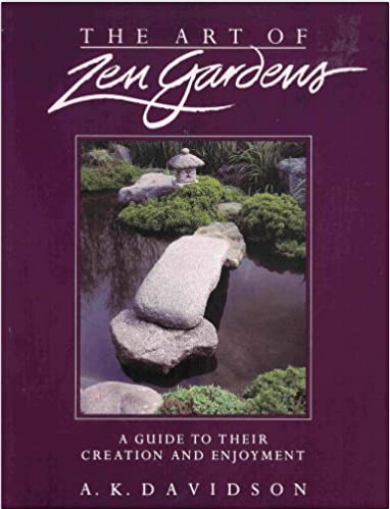Ian Ropke writes:
Stones are, believe it or not, the most important feature of a Japanese garden. If the soil is its “flesh”, then the stones are its “bones”.
Garden stones fall into three basic categories: “named” stones, unimportant “unnamed” stones, and stones which already existed on the site.

The most famous named stone in Japan is called Fujito after the beach in Okayama Prefecture where it was found. It has counted among its owners Oda Nobunaga and Toyotomi Hideyoshi, two of the most important characters in Japanese history. Wrapped in silk brocade, Fujito was moved from garden to garden to the accompaniment of music. At present it is set in the garden of Sampo-in in the Daigo-ji Temple complex in southeast Kyoto.
Do-it-yourself landscape gardening is a dangerous undertaking for an inexperienced person in Japan, as there are many taboos associated with stones. Bad fortune can come from setting upright a rock that was found lying horizontally, or from setting horizontally a stone that was found standing vertically. Setting a stone upside down releases the evil spirit in the stone resulting in a whole heap of problems.
There are five colors of stone, one for each element: red for fire, black for water, blue/green for wood, white for metal, and yellow for earth. The most extreme repercussion for messing up in this category results from making the mistake of planting a tree with red blossoms next to a red stone set in the south of a garden of a person born in a year associated with fire. This is called a combination of four fires and the result will be that the unfortunate person’s house will burn down.
To learn more about Japanese gardens, try to get a copy of Japanese Garden Design by Marc Peter Keane, or The Art of Zen Gardens: A Guide to their Creation and Enjoyment
by A. K. Davidson; this excellent how-to book is perfect if you want to create your own Japanese garden.
Text by Ian Ropke. All rights reserved.
Ian Ropke is the author of the Historical Dictionary of Osaka and Kyoto and director of Your Japan Private Tours. You can read his previous articles for Deep Kyoto here.
The following Amazon links are affiliate links. The owner of this site may earn a commission from qualifying purchases.
 The Art of Zen Gardens explains the history and philosophy behind this Japanese garden art and provides step-by-step instructions for creating your own Zen garden. More than 100 line drawings show how to use gravel and stones to suggest the ripples and eddies of moving water, earth mounds to represent mountains, and a small pond to serve as the “heart of the garden”… The Art of Zen Gardens explains the history and philosophy behind this Japanese garden art and provides step-by-step instructions for creating your own Zen garden. More than 100 line drawings show how to use gravel and stones to suggest the ripples and eddies of moving water, earth mounds to represent mountains, and a small pond to serve as the “heart of the garden”…Available from Amazon.com and Amazon.co.jp |
 The creation of a Japanese garden combines respect for nature with adherence to simple principles of aesthetics and structure. In Japanese Garden Design landscape architect Marc Peter Keane explains the theory, history, and intricacies of Japanese gardening through gorgeous photographs and expert commentary. The creation of a Japanese garden combines respect for nature with adherence to simple principles of aesthetics and structure. In Japanese Garden Design landscape architect Marc Peter Keane explains the theory, history, and intricacies of Japanese gardening through gorgeous photographs and expert commentary.Available from Amazon.com and Amazon.co.jp |